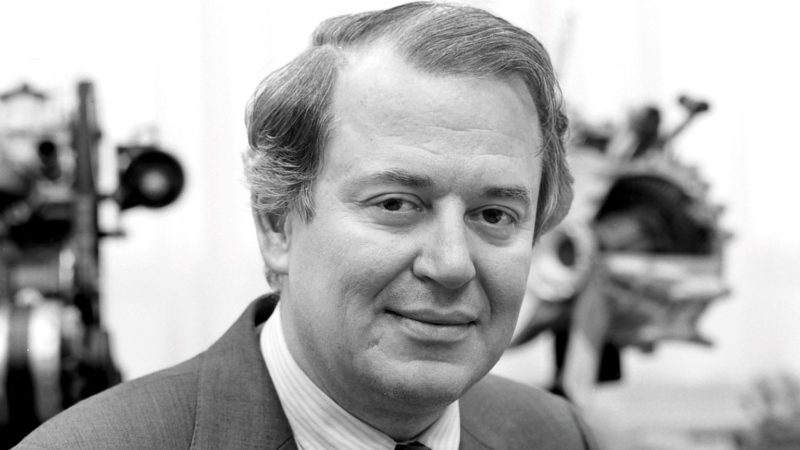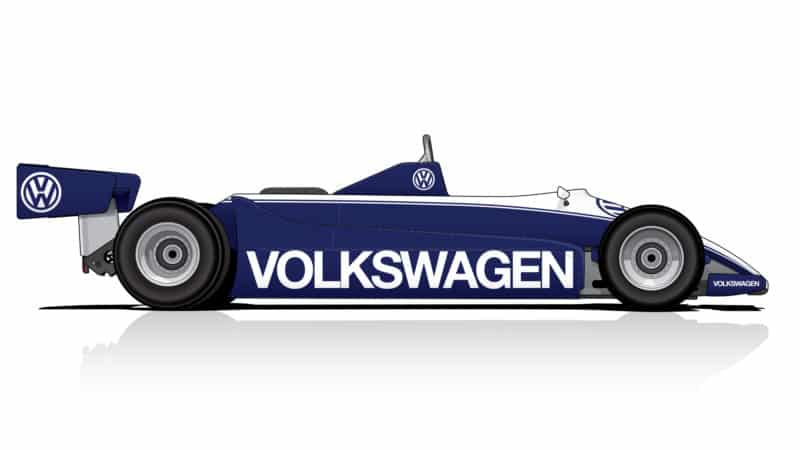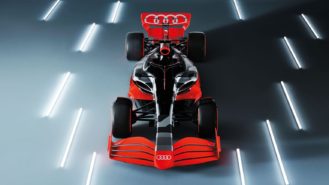In the mid-1980s, Volkswagen was working on an innovative 1.5-litre V8 turbo engine, which could have been ready for the 1986 season. The project was led by VW’s head of powertrains and briefly drew in Sir Jack Brabham, John Judd and — depending on who you speak to — March.
Three Formula 1 teams were reputed to be interested in running the engine, a driver was signed up and a factory team with a VW chassis was rumoured to be on the agenda. And then, suddenly, the secretive development work assumed a mythical status when the project was dropped and then denied by the company.
In the latest issue of Motor Sport, Gary Watkins investigates what really happened behind the doors of VW’s Wolfsburg research unit and speaks to figures who believe, to this day, that their unique concept could have changed the course of F1 history.
“We would have had a good chance with this engine,” reveals Peter Hofbauer who, while VW’s engine chief in 1983, realised that the VR6 engine being developed for the diminutive bonnet of the road-going Golf, was a concept that could conquer grand prix racing.

Peter Hofbauer was VW’s engine chief
VW
Hofbauer believed that the compact unit, expanded to eight cylinders, would offer a world-beating power-to-weight ratio thanks to its two banks of cylinders with a narrow internal vee angle of 15 degrees, offset within a single block, within a common head.
“We thought this concept could be used in a highly compact performance engine, says Hofbauer. “We took our production engine, played with it and changed the stroke.



